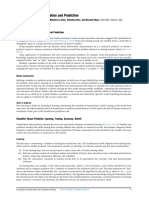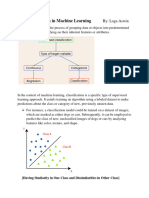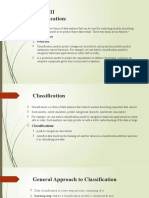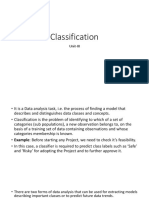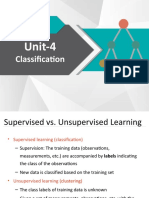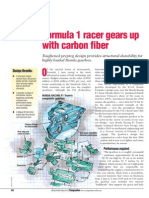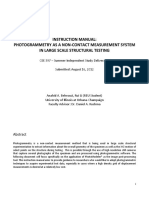0% found this document useful (0 votes)
19 views14 pagesLect 4 - Linear Classification
Classification is a data analysis method that predicts categorical class labels, with applications in areas like fraud detection and medical diagnosis. It involves building a model from previous data and testing its accuracy on new data. There are various types of classification, including binary, multiclass, and multi-label, and different algorithms such as linear and non-linear classifiers are used to implement these models.
Uploaded by
shaima22bec11Copyright
© © All Rights Reserved
We take content rights seriously. If you suspect this is your content, claim it here.
Available Formats
Download as PPTX, PDF, TXT or read online on Scribd
0% found this document useful (0 votes)
19 views14 pagesLect 4 - Linear Classification
Classification is a data analysis method that predicts categorical class labels, with applications in areas like fraud detection and medical diagnosis. It involves building a model from previous data and testing its accuracy on new data. There are various types of classification, including binary, multiclass, and multi-label, and different algorithms such as linear and non-linear classifiers are used to implement these models.
Uploaded by
shaima22bec11Copyright
© © All Rights Reserved
We take content rights seriously. If you suspect this is your content, claim it here.
Available Formats
Download as PPTX, PDF, TXT or read online on Scribd
/ 14




